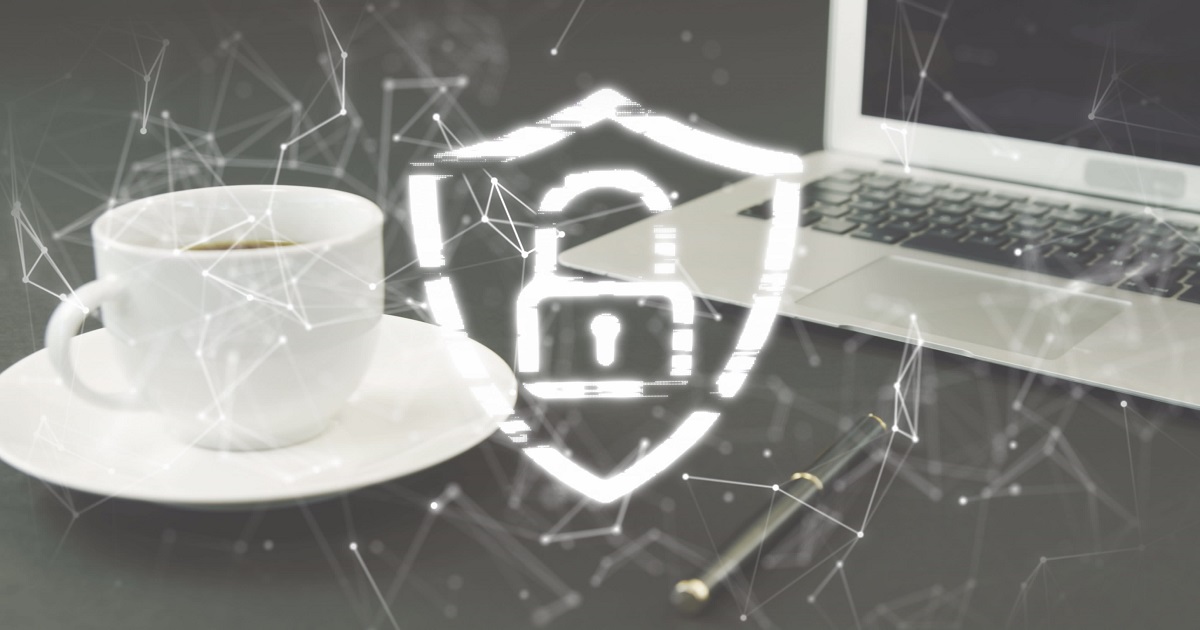
Maintaining security is a critical must-have for enterprises today. Especially as the workforce becomes dispersed and as digital transformations occur, it's been more important than ever for businesses to understand where threats can creep in and how to find solutions to combat them.
While many hybrid workforces may be managed by IT teams or extensions of the security they use while working in-house, one team of employees that may be flying under the radar and contributing to security risks are third-party workers. Such contractors and freelancers provide work, but are typically using their own unmanaged devices and networks to do so.
According to the results from a survey conducted by Talon Cyber Security and published in its 2022 Third-Party Risk Report, third-party workers increase security risks that leave organizations vulnerable to data breaches.
Based on a survey of 258 third-party workers, Talon looked at work models, types of devices and security technologies used, as well as any potentially risky actions taken and how security and IT tools impact productivity – all leaving this type of worker with the greatest risk for an organization.
One of the biggest problems leading to these unsecure work environments is the fact that these workers are using personal devices that enterprise doesn’t have visibility into and therefore cannot enforce security measures on. While on their own devices and working, they’re typically also multitasking and engaging in what’s considered to be risky behaviors - like sharing passwords, checking personal email, browsing the internet for personal searches, and online shopping.
Finding a solution can be tricky. The study also found that the applications third parties use for accessing corporate applications and data like Virtual Desktop Infrastructure (VDI) and Desktop-as-a-Service (DaaS) solutions add a layer of complexity and make user experience poor. This not only decreases productivity but can increase costs. Nearly half of respondents (48%) said IT and security tools impact their productivity in some way.
“Looking at recent high-profile breaches, third parties have consistently been at the epicenter, so we took a step back with this research to better understand the potential root causes. The findings paint a picture of a third-party work landscape where individuals are consistently working from personal, unmanaged devices, conducting risky activities, and having their productivity impacted by legacy security and IT solutions,” said Ohad Bobrov, co-founder and CTO of Talon Cyber Security.
Edited by
Alex Passett





